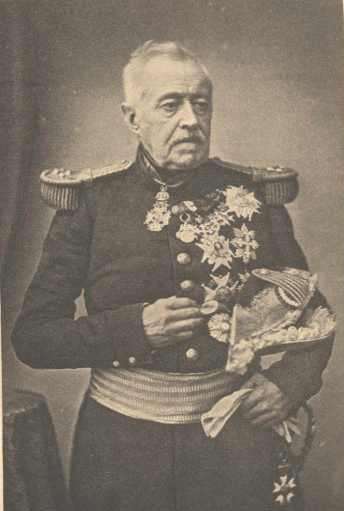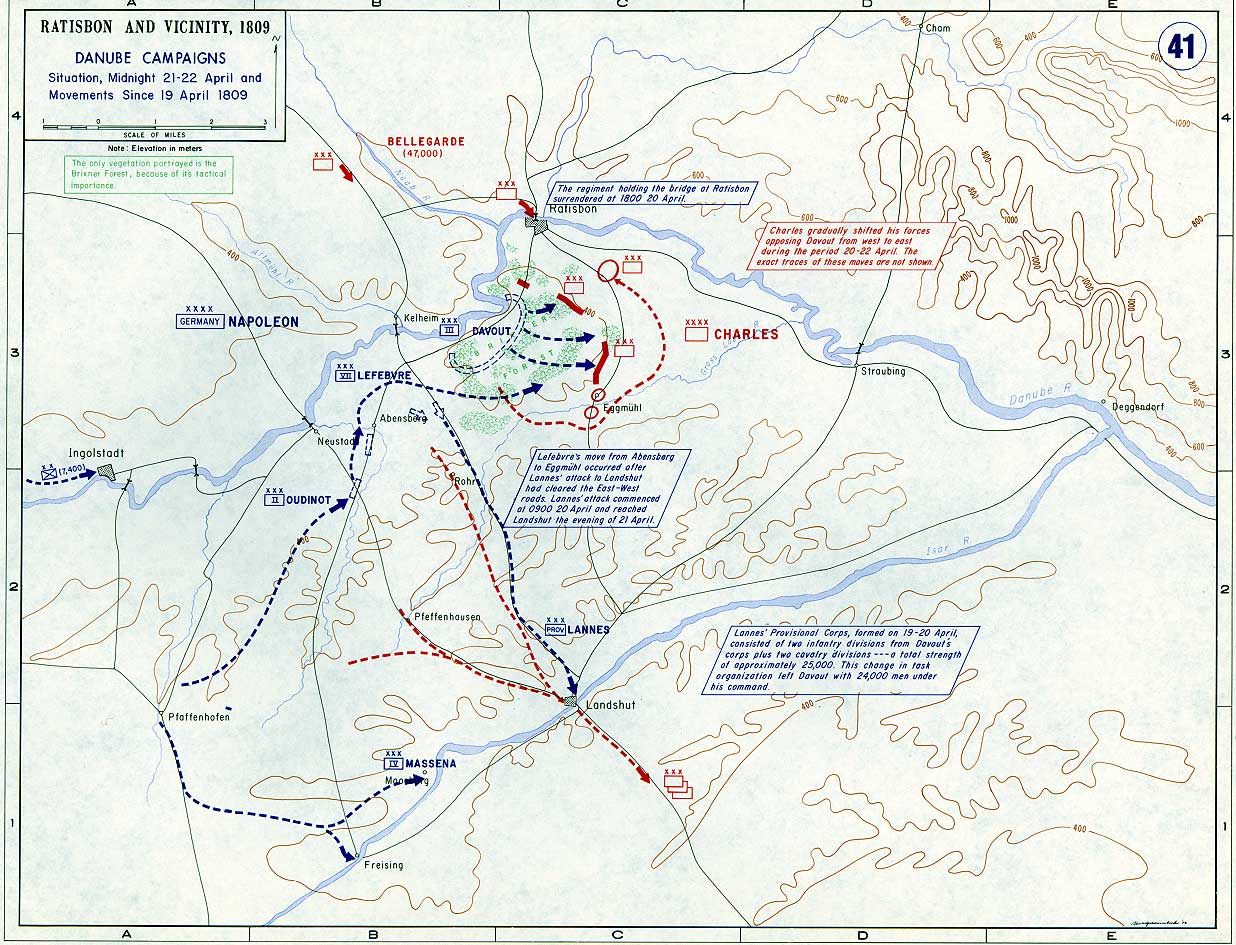|
Boniface De Castellane (1788-1862)
Esprit Victor Elisabeth Boniface de Castellane, ''comte de Castellane'' (21 March 178816 September 1862), was a French military officer and ultimately a Marshal of France. Early life He was a son of Boniface Louis André de Castellane (1758–1837) and Adélaïde Louise Guyonne de Rohan-Chabot (1761–1805), who was also known as Mademoiselle de Jarnac. After his mother's death, his father remarried, in 1810, to Alexandrine Charlotte de Rohan-Chabot (whose husband, Louis Alexandre, Duc de La Rochefoucauld, was killed during the September Massacres of the Reign of Terror). His paternal grandparents were Esprit François Henry, Marquis de Castellane and Louise Charlotte Armande Charron de Ménars. His maternal grandparents were Charles Rosalie de Rohan-Chabot, Lord of Clion, Maroite and Brassac, joint-Lord of the castellanies of Montagrier and Chapdeuil, Maréchal de camp (a son of Guy Auguste de Rohan-Chabot) and the former Guyonne Hyacinthe de Pons Saint-Maurice. His ma ... [...More Info...] [...Related Items...] OR: [Wikipedia] [Google] [Baidu] |
Lyon
Lyon,, ; Occitan: ''Lion'', hist. ''Lionés'' also spelled in English as Lyons, is the third-largest city and second-largest metropolitan area of France. It is located at the confluence of the rivers Rhône and Saône, to the northwest of the French Alps, southeast of Paris, north of Marseille, southwest of Geneva, northeast of Saint-Étienne. The City of Lyon proper had a population of 522,969 in 2019 within its small municipal territory of , but together with its suburbs and exurbs the Lyon metropolitan area had a population of 2,280,845 that same year, the second most populated in France. Lyon and 58 suburban municipalities have formed since 2015 the Metropolis of Lyon, a directly elected metropolitan authority now in charge of most urban issues, with a population of 1,411,571 in 2019. Lyon is the prefecture of the Auvergne-Rhône-Alpes region and seat of the Departmental Council of Rhône (whose jurisdiction, however, no longer extends over the Metropolis of Lyo ... [...More Info...] [...Related Items...] OR: [Wikipedia] [Google] [Baidu] |
Chapdeuil
Chapdeuil (; oc, Lo Chapduelh) is a commune in the Dordogne department in Nouvelle-Aquitaine in southwestern France. Population See also *Communes of the Dordogne department The following is a list of the 503 communes of the Dordogne department of France. The communes cooperate in the following intercommunalities (as of 2020):Communes of Dordogne {{Dordogne-geo-stub ... [...More Info...] [...Related Items...] OR: [Wikipedia] [Google] [Baidu] |
Battle Of Ratisbon
The Battle of Ratisbon, also called the Battle of Regensburg, was fought on 23 April 1809, during the Napoleonic Wars, between the army of the First French Empire, French Empire, led by Napoleon I, and that of the Austrian Empire, led by Archduke Charles of Austria, Archduke Charles. Scene of the last engagement of the Bavaria phase of the War of the Fifth Coalition, campaign of 1809, the brief defense of the city and installation of a pontoon bridge to the east enabled the retreating Austrian army to escape into Bohemia. During the assault, Marshal Jean Lannes led his troops up ladders onto the walls, and Napoleon was wounded in his ankle by a small artillery round. The shot had been fired at great distance and did not severely hurt the Emperor, but caused a contusion. Prelude Following his victory at Battle of Eckmühl, Eckmühl on 22 April Napoleon summoned his first ever council of war, which decided to halt the army about 18 kilometers south of the city of Ratisbon (which ... [...More Info...] [...Related Items...] OR: [Wikipedia] [Google] [Baidu] |
Battle Of Eckmühl
The Battle of Eckmühl, fought on 22 April 1809, was the turning point of the 1809 Campaign, also known as the War of the Fifth Coalition. Napoleon I had been unprepared for the start of hostilities on 10 April 1809, by the Austrians under the Archduke Charles of Austria and for the first time since assuming the French Imperial Crown had been forced to give up the strategic initiative to an opponent. Thanks to the dogged defense waged by the III Corps, commanded by Marshal Davout, and the Bavarian VII Corps, commanded by Marshal Lefebvre, Napoleon was able to defeat the principal Austrian army and wrest the strategic initiative for the remainder of the war. Strategic situation Operating over a fifty-mile front, from Regensburg (Ratisbon to the French) to Pfaffenhofen, marked by stretches of rugged, wooded terrain, neither the French nor the Austrians had developed adequate intelligence about their opponent's strength, dispositions or intentions. Assuming that the bulk of ... [...More Info...] [...Related Items...] OR: [Wikipedia] [Google] [Baidu] |
Battle Of Abensberg
The Battle of Abensberg took place on 20 April 1809 between a Franco-German force under the command of Emperor Napoleon I of France and a reinforced Austrian corps led by Feldmarschall-Leutnant Archduke Louis of Austria. As the day wore on, Feldmarschall-Leutnant Johann von Hiller arrived with reinforcements to take command of the three corps that formed the Austrian left wing. The action ended in a complete Franco-German victory. The battlefield was southeast of Abensberg and included clashes at Offenstetten, Biburg-Siegenburg, Rohr in Niederbayern, and Rottenburg an der Laaber. On the same day, the French garrison of Regensburg capitulated. After Marshal Louis-Nicolas Davout's hard-fought victory at Battle of Teugen-Hausen the previous day, Napoleon determined to break through the Austrian defenses behind the Abens River. The emperor assembled a provisional corps consisting of part of Davout's corps plus cavalry and gave Marshal Jean Lannes command over it. Napoleon directed ... [...More Info...] [...Related Items...] OR: [Wikipedia] [Google] [Baidu] |
Georges Mouton
Georges Mouton, Count, comte de Lobau (21 February 1770 – 27 November 1838) was a French soldier and political figure who rose to the rank of Marshal of France. Biography Born in Phalsbourg, Lorraine (région), Lorraine, he enlisted in the French Revolutionary Army in 1792. Serving in the early campaigns of the French Revolutionary Wars, he by 1800 he was promoted to the rank of colonel. He was promoted to ''Brigadier General, général de brigade'' in 1805, after the establishment of the First French Empire, French Empire, and to ''Général, général de division'' in 1807. Mouton distinguished himself in the battles of Battle of Jena, Jena, Battle of Landshut (1809), Landshut and Battle of Aspern, Aspern-Essling. In 1810, he was created count of Lobau in recognition of his role in the battle of Aspern. During the Napoleon's Invasion of Russia, Russian Campaign, he acted as a senior ''aide-de-camp'' to Emperor Napoleon I of France. He then served with distinction during t ... [...More Info...] [...Related Items...] OR: [Wikipedia] [Google] [Baidu] |
Kingdom Of Naples
The Kingdom of Naples ( la, Regnum Neapolitanum; it, Regno di Napoli; nap, Regno 'e Napule), also known as the Kingdom of Sicily, was a state that ruled the part of the Italian Peninsula south of the Papal States between 1282 and 1816. It was established by the War of the Sicilian Vespers (1282–1302), when the island of Sicily revolted and was conquered by the Crown of Aragon, becoming a separate kingdom also called the Kingdom of Sicily. In 1816, it reunified with the island of Sicily to form the Kingdom of the Two Sicilies. The territory of the Kingdom of Naples corresponded to the current Italian regions of Campania, Calabria, Apulia, Basilicata, Abruzzo, Molise and also included some areas of today's southern and eastern Lazio. Nomenclature The term "Kingdom of Naples" is in near-universal use among historians, but it was not used officially by the government. Since the Angevins remained in power on the Italian peninsula, they kept the original name of the Kingdom ... [...More Info...] [...Related Items...] OR: [Wikipedia] [Google] [Baidu] |
Napoléon I Of France
Napoleon Bonaparte ; it, Napoleone Bonaparte, ; co, Napulione Buonaparte. (born Napoleone Buonaparte; 15 August 1769 – 5 May 1821), later known by his regnal name Napoleon I, was a French military commander and political leader who rose to prominence during the French Revolution and led successful campaigns during the Revolutionary Wars. He was the ''de facto'' leader of the French Republic as First Consul from 1799 to 1804, then Emperor of the French from 1804 until 1814 and again in 1815. Napoleon's political and cultural legacy endures to this day, as a highly celebrated and controversial leader. He initiated many liberal reforms that have persisted in society, and is considered one of the greatest military commanders in history. His wars and campaigns are studied by militaries all over the world. Between three and six million civilians and soldiers perished in what became known as the Napoleonic Wars. Napoleon was born on the island of Corsica, not long aft ... [...More Info...] [...Related Items...] OR: [Wikipedia] [Google] [Baidu] |
Marechal De Castellane
Leopoldo Marechal (June 11, 1900 – June 26, 1970) was one of the most important Argentine writers of the twentieth century. Biographical notes Born in Buenos Aires into a family of French and Spanish descent, Marechal became a primary school teacher and a high school professor after obtaining his degree despite enormous economic difficulties. During the 1920s he was among the poets who rallied around the movement represented by the literary journal ''Martín Fierro''. While his first published works of poetry, ''Los aguiluchos'' (1922) and ''Días como flechas'' (1926), tended towards vanguardism, his ''Odas para el hombre y la mujer'' showed a blend of novelty and a more classical style. It is with this collection of poems that Marechal obtained his first official recognition as a poet in 1929, the ''Premio Municipal de Poesía'' of the city of Buenos Aires. He traveled to Europe for the first time in 1926 and in Paris met important intellectuals and artists such as Pica ... [...More Info...] [...Related Items...] OR: [Wikipedia] [Google] [Baidu] |
William FitzGerald, 2nd Duke Of Leinster
William Robert FitzGerald, 2nd Duke of Leinster, KP, PC (Ire) (12/13 March 1749 – 20 October 1804) was an Irish liberal politician and landowner. He was born in London. Career FitzGerald made his Grand Tour between 1768 and 1769. During the same time, he also was Member of Parliament (MP) for Kildare Borough. FitzGerald then sat in the Irish House of Commons for Dublin City until 1773, when he inherited his father's title and estates. He was appointed High Sheriff of Kildare for 1772. Politically he was a liberal supporter of Henry Grattan's Irish Patriot Party and he co-founded the Irish Whig Club in 1789. He controlled about six Kildare members of the Irish House of Commons. In 1779, he was elected colonel of the Dublin Regiment of the Irish Volunteers. In 1770, FitzGerald was chosen Grandmaster of the masonic Grand Lodge of Ireland, which post he held for two years. He was re-elected for another year in 1777. In 1783 he was among the first knights in the newly created ... [...More Info...] [...Related Items...] OR: [Wikipedia] [Google] [Baidu] |

.jpg)


